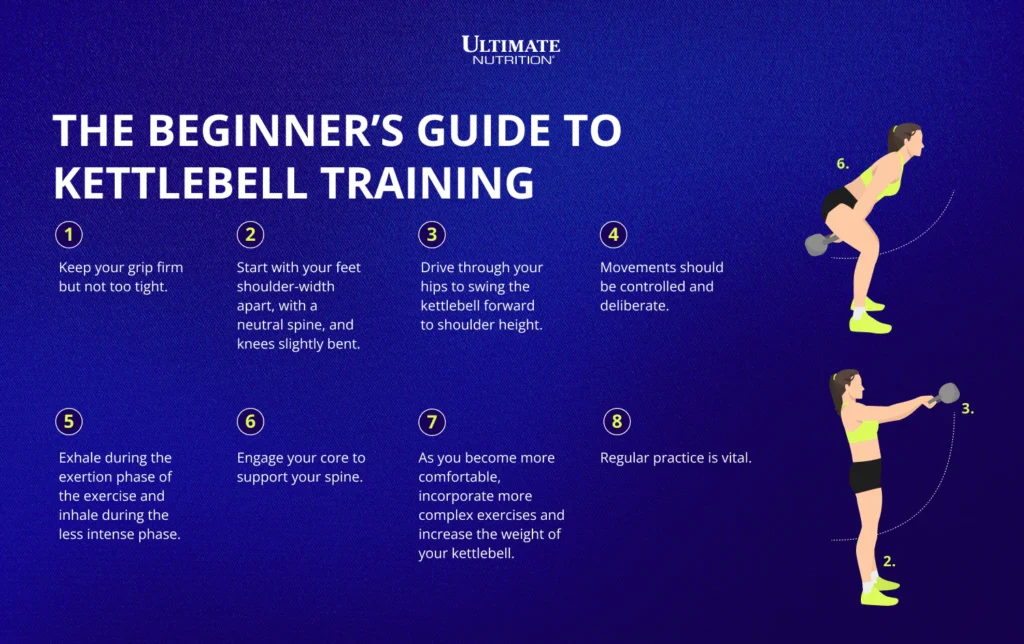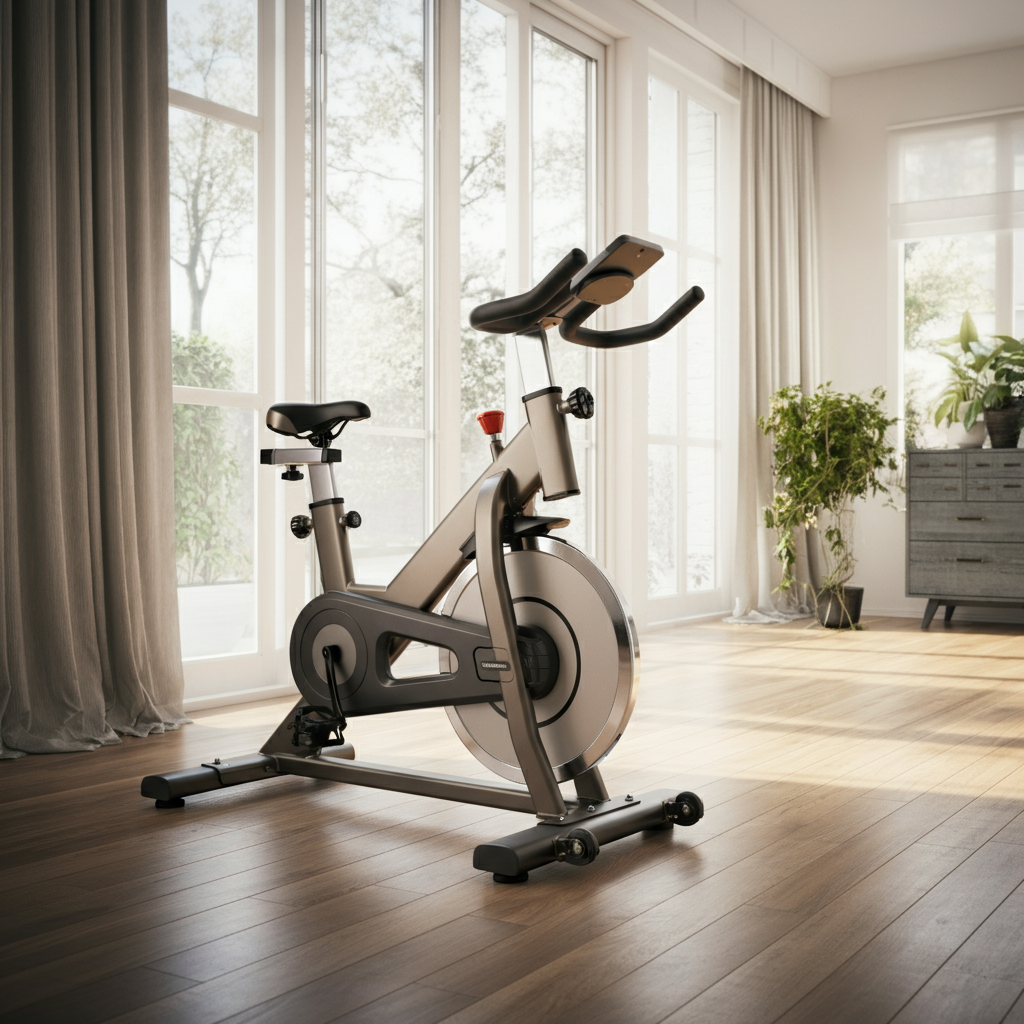From Rehabilitation Tool to Fitness Revolution
The stationary bike has evolved from a medical rehabilitation device in the 18th century to a cornerstone of modern home fitness ecosystems. By 2025, the global market exceeds $1.2 billion, driven by hybrid work lifestyles and connected fitness technology. This evolution integrates magnetic resistance systems, streaming capabilities, and AI-powered coaching, making stationary bikes a versatile solution for everyone from seniors seeking joint-friendly exercise to athletes pursuing high-intensity interval training (HIIT).

Types of Stationary Bikes: Matching Design to Goals
1. Upright Bikes
- Mechanism: Mimics traditional bicycles; pedals positioned directly under the body.
- Best For: Calorie-burning workouts, core engagement, and simulated outdoor cycling.
- Drawbacks: Pressure on wrists; narrow seats may cause discomfort during long sessions.
2. Recumbent Bikes
- Mechanism: Reclined seat with pedals extended forward; full back support.
- Best For: Low-impact rehabilitation, senior fitness, and users with lower back pain.
- Key Benefit: Reduces joint stress compared to upright models.
3. Indoor Cycling Bikes (Spin Bikes)
- Mechanism: Heavy flywheel, adjustable resistance, and drop-style handlebars.
- Best For: HIIT sessions, studio-style classes, and power output training.
- Tech Integration: Brands like Peloton and Echelon offer live leaderboards and on-demand classes.
4. Air Bikes
- Mechanism: Fan generates resistance; moving handles engage upper body.
- Best For: Full-body conditioning, CrossFit workouts, and metabolic training.
- Trade-off: Louder operation but unlimited resistance scalability.
5. Folding Bikes
- Mechanism: Compact frame with space-saving foldability.
- Best For: Apartment dwellers and limited-space homes.
- Limitation: Lower max weight capacity; less stability for intense riding.
Science-Backed Health Benefits
Cardiovascular & Metabolic Boost
- Moderate-intensity cycling 3x/week can reduce LDL cholesterol and blood pressure.
- HIIT cycling elevates excess post-exercise oxygen consumption (EPOC), burning extra calories post-workout.
Joint Preservation & Muscle Strength
- Low-impact motion minimizes stress on knees/hips, making it ideal for arthritis management.
- Targets lower body musculature: Quadriceps, hamstrings, glutes, and calves—key for functional mobility.
Mental Health & Cognitive Benefits
- Cycling triggers endorphin release, reducing anxiety.
- Virtual rides via apps like Zwift enhance cognitive engagement through immersive landscapes.
Top 2025 Models: Expert-Tested Picks
- Peloton Bike+: Features a rotating screen, auto-resistance adjustment, and live class community.
- Schwinn IC4: Budget-friendly with magnetic resistance and app compatibility.
- Assault AirBike Classic: Ideal for HIIT with wind resistance and upper-body engagement.
- Domyos Basic 100: Entry-level bike with 12kg flywheel and 32 resistance levels.
- TRUE 900 Recumbent: Lumbar-supported seat, self-generating power, and low step-through height.
Buying Guide: 5 Key Considerations
- Resistance Type: Magnetic offers silent operation; friction requires manual adjustments.
- Tech & Connectivity: Bluetooth/Wi-Fi for app integration; built-in screens add cost.
- Ergonomics & Adjustability: Verify seat/handlebar adjustability ranges.
- Footprint & Storage: Consider space requirements; folding bikes save space.
- Warranty & Durability: Opt for steel-core construction; avoid plastic resistance knobs.
Maximizing Your Workouts: Plans & Safety
Sample Routines
- Beginner: 30-min session: 10-min warm-up, 15-min intervals, 5-min cooldown.
- Weight Loss: 45-min HIIT: Alternate sprints with recovery.
- Strength Builder: High-resistance climbs in seated/standing positions.
Safety & Form Tips
- Knee Alignment: Ensure knees track over pedals; avoid inward collapse.
- Posture: Slight forward lean; relaxed grip to prevent wrist strain.
- Consult Physicians if managing heart conditions, diabetes, or osteoporosis.
The Future: Smart Tech & Sustainability
- AI Coaches: Real-time form feedback via handlebar sensors.
- Eco-Designs: Brands like Snode use recycled steel and biodegradable rubber.
- Hybrid Functionality: Attachments converting bikes to rowers or ellipticals.
Conclusion: Pedaling Toward Holistic Health
Stationary bikes offer unmatched adaptability across fitness levels—whether you’re rehabbing an injury via a recumbent bike, torching calories on a spin bike, or boosting cardiovascular resilience through aerobic intervals. In 2025, connected features and AI personalization have transformed solitary rides into immersive experiences. Prioritize certification, ergonomic fit, and sustainable construction to future-proof your investment. As research continues validating their mental health benefits and metabolic advantages, one truth remains: This timeless machine is revolutionizing wellness, one pedal stroke at a time.

